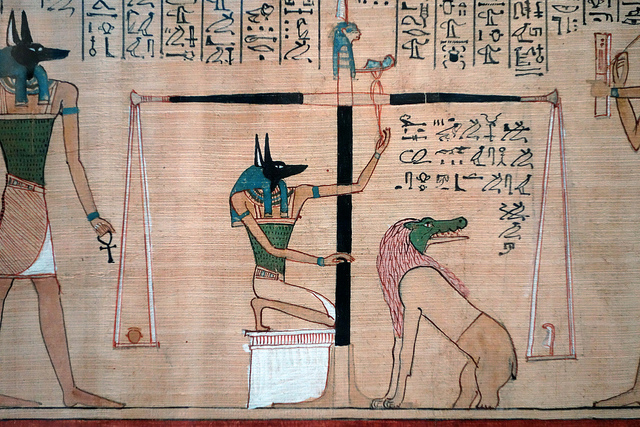Initiation and Shamanism
Article By Istvan Orban

According to Mircea Eliade, the philosopher and historian of religion, shamanism is a technique of religious ecstasy. The word shaman is probably derived from the Tungusic root saman, which means ‘knowing’. What does the shaman know? Basically, shamans are priests, medicine men, singers, dancers, drummers, and they have many other skills as well; but what makes them different from other people is that they are able to connect with the invisible realm. In other words, they have the keys to the sacred and they get this knowledge by initiations.
Becoming a shaman can happen in two ways: either by inheriting the position from an ancestor or by a vocation or call. At first, it is very common that they suffer some illness for which there is no cure. Or they have a recurring dream. So they need to meditate and find out the reason. In general, the cure consists of accepting the need to become shaman and making offerings. Often, the person will reject the call at first, as the shaman’s lifestyle requires renunciation of normal life and complete devotion to the sacred. Those who decide not to respond to the call will suffer more, their sickness can get worse and they might even die. But those who finally decide to become shamans will study with a master (an older shaman). During their training they pick up all the knowledge they need for their role, such as drumming, which is a tool to ascend and descend to the higher or lower levels, or the skills needed to heal the sick and perform ceremonies.
After a certain period the candidate takes an “exam”. For instance, in the Tungusic tradition the candidate is attacked by evil spirits, who cut his body into pieces and drink his blood. Then they throw his head into a cauldron, where they cook it with metals, which will become part of his shamanic clothes. Sometimes the master who is looking after the young candidate puts magical crystals into his body to make it strong. When the candidate awakes, he is not the same as before, he is reborn as a new being. He has passed through a symbolic death and resurrection, an initiation, which makes him a shaman and gives him power over souls and spirits. Only those who have succeeded in conquering themselves and mastering their thoughts, feelings and instincts can survive this process. If we look for similarities in the ancient civilizations, we can see the same pattern repeated in Egyptian mythology, where the body of king Osiris is dismembered and dispersed by his brother, Seth, and later reassembled by his wife Isis, and embalmed, mummified and brought back to life as king of the afterworld by Anubis.
Not every ecstatic can be considered a shaman: the shaman specializes in achieving a trance state during which his soul is believed to leave his body and ascend to the sky or descend to the underworld. One of the main differences between him and other enraptured people is that whereas the shaman is in control of himself and the spirits he gets in touch with, the medium who is taken over by a spirit is not in control of the process.
During his journeys to the other planes the shaman makes a connection with the invisible realm to get help or healing for the members of the tribe. With this contribution, the community can become aware of their divine roots and understand better the connection between generations, the world of gods and demons, and abolish the barriers between this world and the transcendent.
Image Credits: By Аркадий Зарубин | Wikimedia Commons | CC BY-SA 3.0
The entity posting this article assumes the responsibility that images used in this article have the requisite permissionsImage References
By Аркадий Зарубин | Wikimedia Commons | CC BY-SA 3.0
Permissions required for the publishing of this article have been obtained




What do you think?